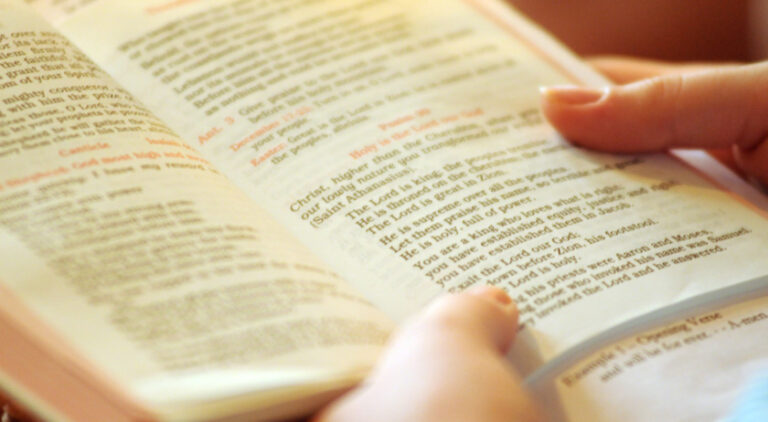Excerpted from “Kindred Spirits,” written by Archabbot Justin DuVall, OSB
Friends and guests who have taken part in the funeral of a monk at the abbey often walk away from the cemetery feeling at a loss for words. They have just peered down into an open grave where a plain poplar coffin marked with a black cross rests in the red-brown Indiana earth.
The older ones among them have attended a fair number of funerals before and some have buried friends, parents, spouses, and even children. From their own experience, they know the sorrow of death and the comfort of both faith and friendship in the face of their grief. The younger might have just been to their first funeral. Death in the abstract has suddenly become quite particular and they are still a bit startled by the unadorned approach to death that characterizes the way of the monastery.
Yet young and old alike sense that they have been a part of something at once profoundly human and simply holy. The mix of the familiar and the strange leaves them wondering about the ways of life and death in the monastery.
Monks do not do different things than other people do. They do the same things, but they do them differently. It’s the way of the monastery. In many things, monks are remarkably like other people. They work as carpenters, teachers, artists, and cooks. They form friendships among themselves and they have opinions about what is happening in the world. They pray. They worry. They get sick. They die.In all these things, they are like other people.
But the life of the monastery means doing these things in a different way than others do them, and the way is shaped by the monastic tradition. What is true for life in the monastery is also true for death in the monastery. Monks care for their dying brothers with dignity, they grieve their passing, they pray for them with hope, and they bury their dead with reverence, but they do it in their own way. Death as well as life is viewed from the perspective of the monastic tradition.
Despite differences of time, place, and culture, the human spirit in every age has struggled to make sense of death. Customs surrounding death vary among different cultures and reflect the struggle for meaning, even when death has been judged to be meaningless. Benedictine monks find the meaning of death in their Christian faith and the well of Christian life waters the fields of monastic culture.
The values that permeate life and death in the monastery are drawn from the depths of that well and, for centuries, monks have drunk deeply from its satisfying waters, as have other Christians who have come to the Source. The waters flow from one well, but they satisfy many distinct thirsts. Although the values are shared, their expressions differ. Monks, therefore, have their own way of expressing grief, hope, dignity, and reverence in life and in death.
Fill out this form to receive your free copy of “Kindred Spirits.”






